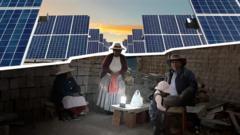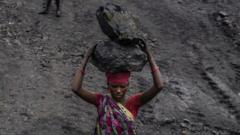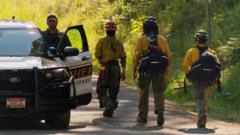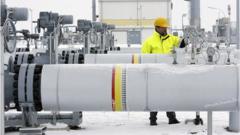In the heart of Idaho, Boise is making impressive strides toward sustainability by harnessing the geothermal energy that lies beneath its surface. The city has established the largest municipal geothermal heating system in the United States, drawing hot water from deep aquifers, which warms nearly 500 buildings. This includes essential facilities such as hospitals, City Hall, and universities, as well as the unique distinction of being the only statehouse in the nation that operates on geothermal heat.
The geothermal system is fed by water heated to around 170 degrees Fahrenheit due to natural geological formations and fault lines that expose groundwater to hot rocks. Water is drawn from nearby wells in the foothills and circulated through a closed-loop pipe network, efficiently transferring heat to various structures before returning to the aquifer for re-heating.
This innovative heating model not only provides warmth to buildings but also helps tackle local environmental challenges. It demonstrates the potential of geothermal energy as a renewable resource, significantly reducing reliance on fossil fuels and minimizing pollution. Interestingly, the warmth radiating from this geothermal network even extends to heated sidewalks that help melt snow during the winter months.
Boise's visionary approach serves as a model for other cities, underlining the significance of local solutions for global environmental issues. The city's success in utilizing its natural geothermal resources not only warms its residents but also paves the way for a more sustainable future.





















